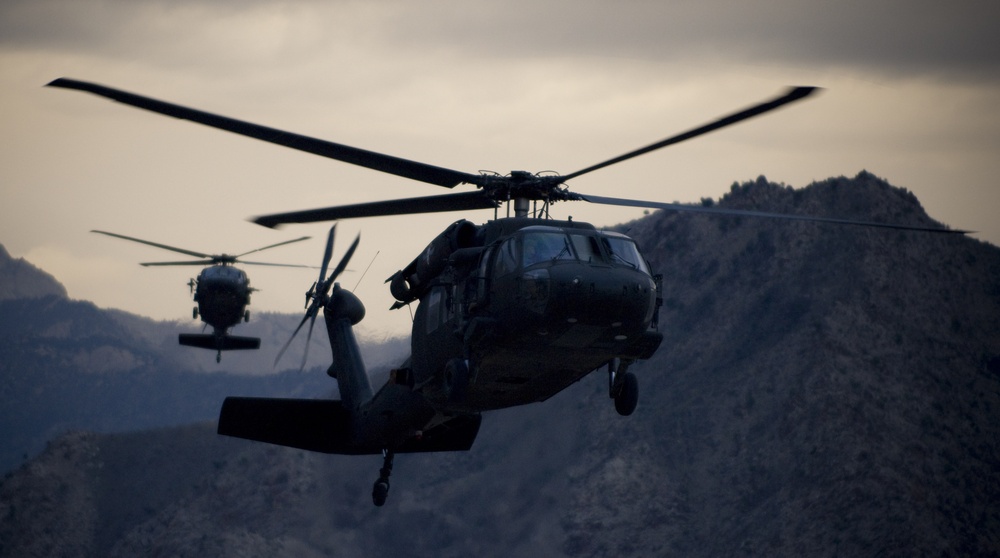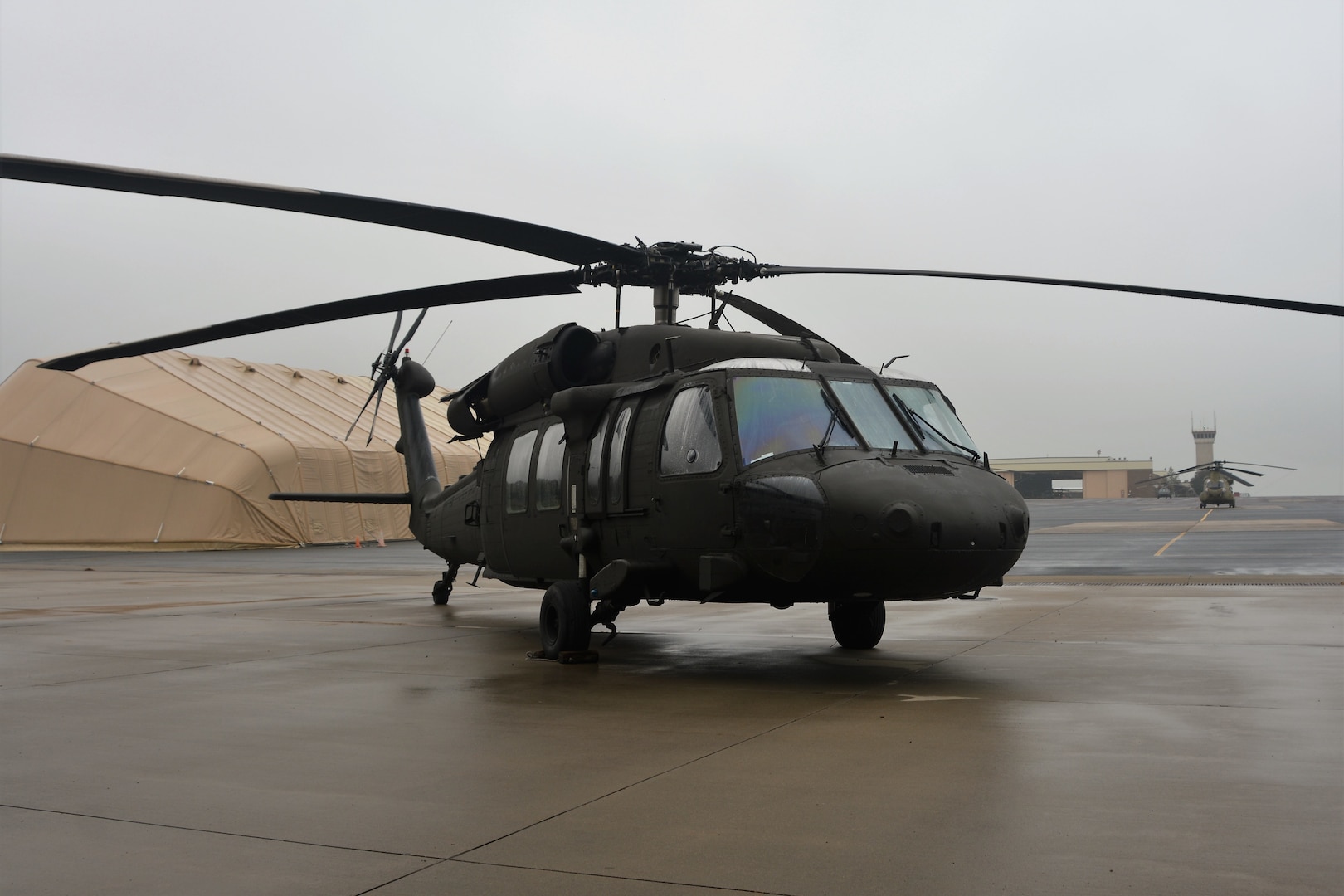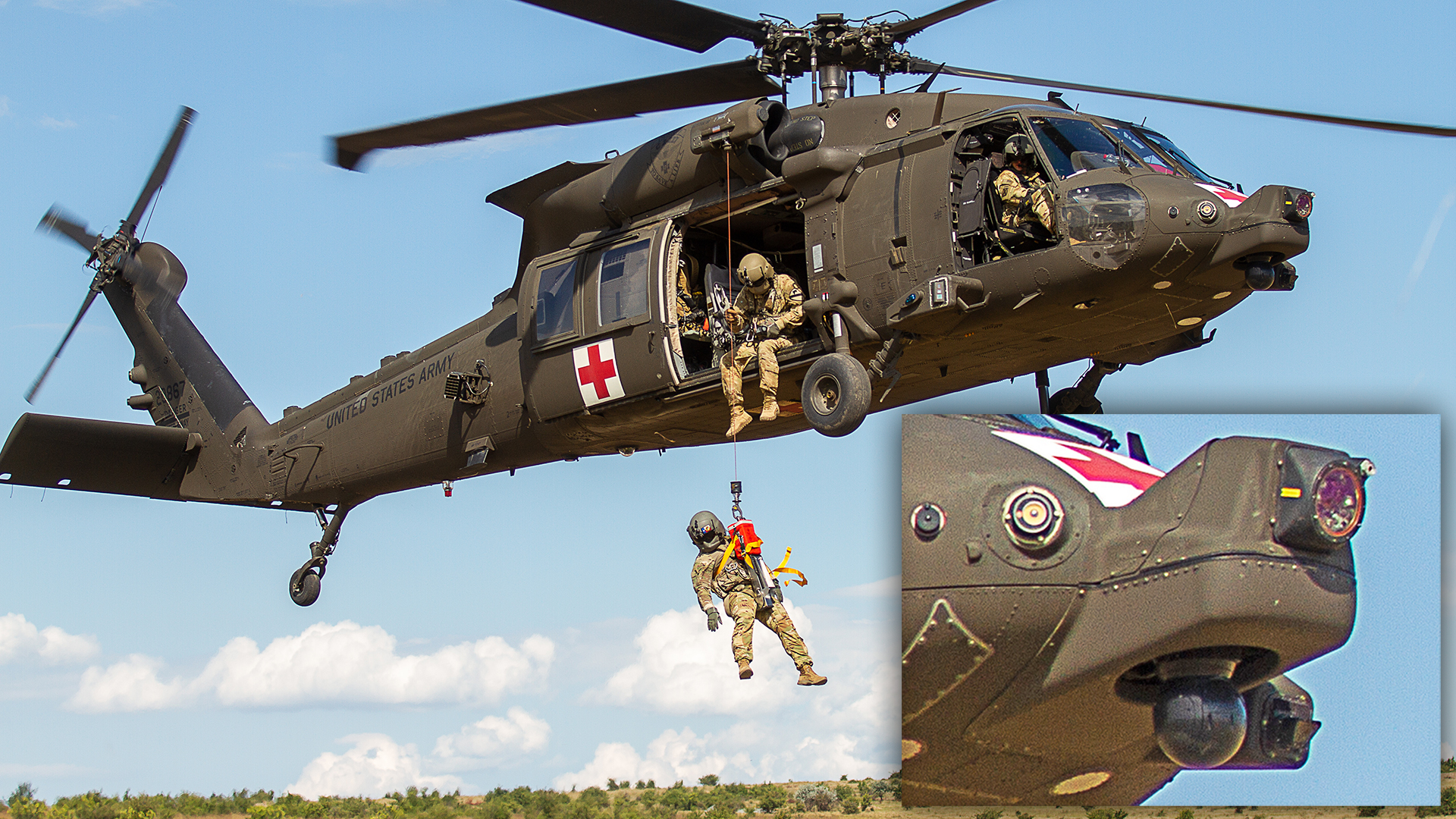UH 60 Black Hawk Versions: Differences and Requirements
UH 60 Black Hawk Versions: Differences and Requirements
Blog Article
Looking Into the Intricacies of the UH60: From Important Parts to Practical Uses
What really establishes the UH60 apart is not simply its mechanical expertise however its varied variety of functional applications, varying from critical duties in military operations to cutting-edge uses in civilian setups. As we peel back the layers of this functional aircraft, a deeper understanding of its importance in both civilian and army rounds emerges, dropping light on the complex nature of the UH60.
Key Elements of the UH60
At the heart of the UH60 exists its primary rotor system, an essential component that supplies lift and stability during trip. Consisting of a main blades head, blades, and a swashplate mechanism, this system enables the UH60 to navigate quickly and effectively in numerous conditions. The UH60's transmission system plays a crucial function in moving power from the engines to the blades, allowing controlled movement and altitude changes.
Engine and Blades Equipments
The assimilation of sophisticated engine and rotor systems is crucial in enhancing the functional efficiency and performance of the UH60 aircraft. The UH60 helicopter is powered by 2 General Electric T700-GE-701D engines, giving the essential drive for its missions. These engines provide an equilibrium in between power and weight, important for the UH60's capacities in numerous conditions. The innovative rotor system of the UH60 includes a four-bladed primary rotor and a four-bladed tail blades, operating in tandem to give lift, security, and control. The primary rotor blades are designed with innovative the rules of aerodynamics to make best use of efficiency and decrease noise levels. The tail blades makes certain anti-torque capabilities, allowing accurate maneuvering during trip. The combination of these engine and rotor systems enables the UH60 to master a large variety of objectives, consisting of troop transport, clinical emptying, and search and rescue procedures. Generally, the UH60's engine and rotor systems play an important function in its performance and adaptability as a multi-mission helicopter.
Avionics and Navigating Functions

With the combination of innovative engine and rotor systems enhancing the UH60's operational efficiency and efficiency, the avionics and navigating features more contribute to its abilities in diverse goal circumstances. The UH60 is geared up with a sophisticated avionics suite that consists of digital display screens, communication systems, navigation help, and mission-specific devices. These avionics systems offer the staff with real-time data on the aircraft's mission, location, and efficiency specifications, enabling accurate control and situational recognition.
The UH60's navigation functions are vital for reliable and risk-free procedure in various settings. It is geared up with GPS Full Report navigating systems, inertial navigating systems, and progressed autopilot abilities. These systems make it possible for the airplane to browse precisely, even in difficult weather condition conditions or low-visibility settings. Additionally, the UH60's avionics and navigating features are made to flawlessly this article integrate with various other goal systems, such as weapons targeting systems, sensing units, and communication networks, improving the aircraft's total mission efficiency. Finally, the UH60's innovative avionics and navigation attributes play an important function in guaranteeing objective success and crew safety and security.
Energy in Armed Force Operations
In army procedures, the UH60 showcases exceptional versatility and tactical worth. As a diverse utility helicopter, the UH60 plays an important role in numerous armed forces objectives. Its ability to transport troops, devices, and materials promptly and effectively to diverse places enhances operational preparedness. The UH60's flexibility encompasses clinical discharge objectives, where its sizable cabin accommodates clinical personnel and equipment, making it possible for life-saving and timely discharge of injured workers from the combat zone.

Civilian Advantages and applications

Moreover, the UH60 serves as a functional device for firefighting procedures, outfitted to bring huge volumes of water for aerial firefighting efforts. This capability dramatically improves the performance and efficiency of firefighting groups in combating wildfires and other emergencies. Furthermore, in the world of facilities maintenance and construction, the UH60's heavy-lift capabilities contribute in transporting products to inaccessible or remote locations.

Final Thought
Finally, the UH60 helicopter is a functional and important airplane with key components such as engine and blades systems, avionics, and navigation features. Its utility in armed forces operations and civilian applications make it an important property for numerous jobs. Understanding the ins and outs of the UH60 is important for optimizing its capacities and guaranteeing its efficient use in various scenarios.
The innovative blades system of the UH60 consists of a four-bladed primary rotor and a four-bladed tail blades, working in tandem to supply lift, control, and stability. The combination of these engine and blades systems permits the UH60 to stand out in a wide variety of goals, consisting of army transport, clinical evacuation, and search and rescue operations.With the integration of innovative engine and blades systems boosting the UH60's operational effectiveness and efficiency, the avionics and navigation features further add to its capabilities in diverse goal scenarios. Furthermore, the UH60's avionics and navigating features are developed to effortlessly integrate with other objective systems, such as weapons targeting systems, sensors, and communication networks, improving the airplane's general mission effectiveness.In final thought, the UH60 helicopter is a essential and versatile airplane with key components such as engine and rotor systems, avionics, and navigation functions.
Report this page